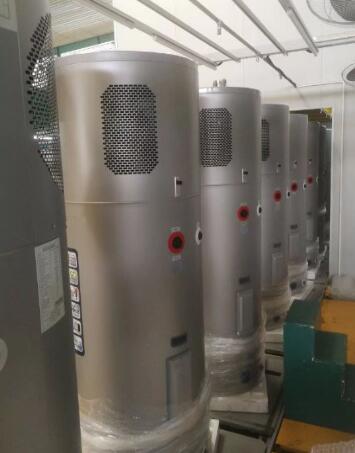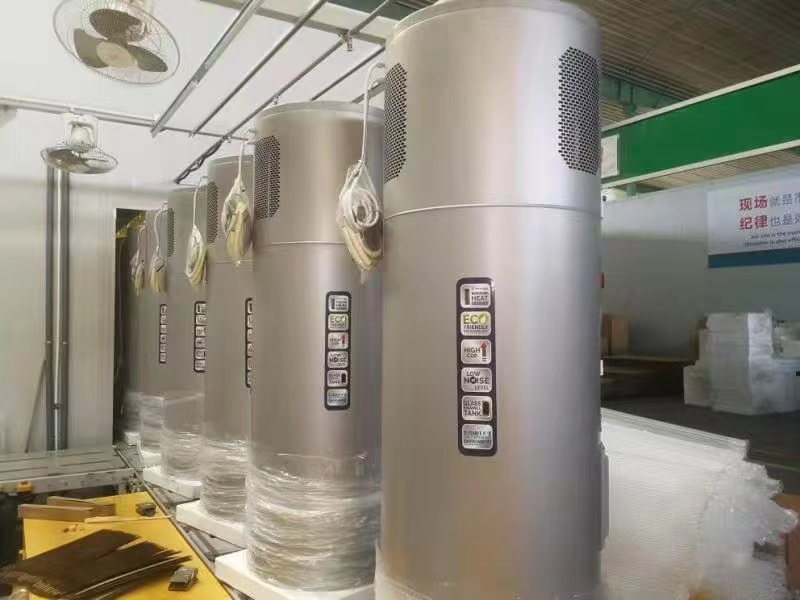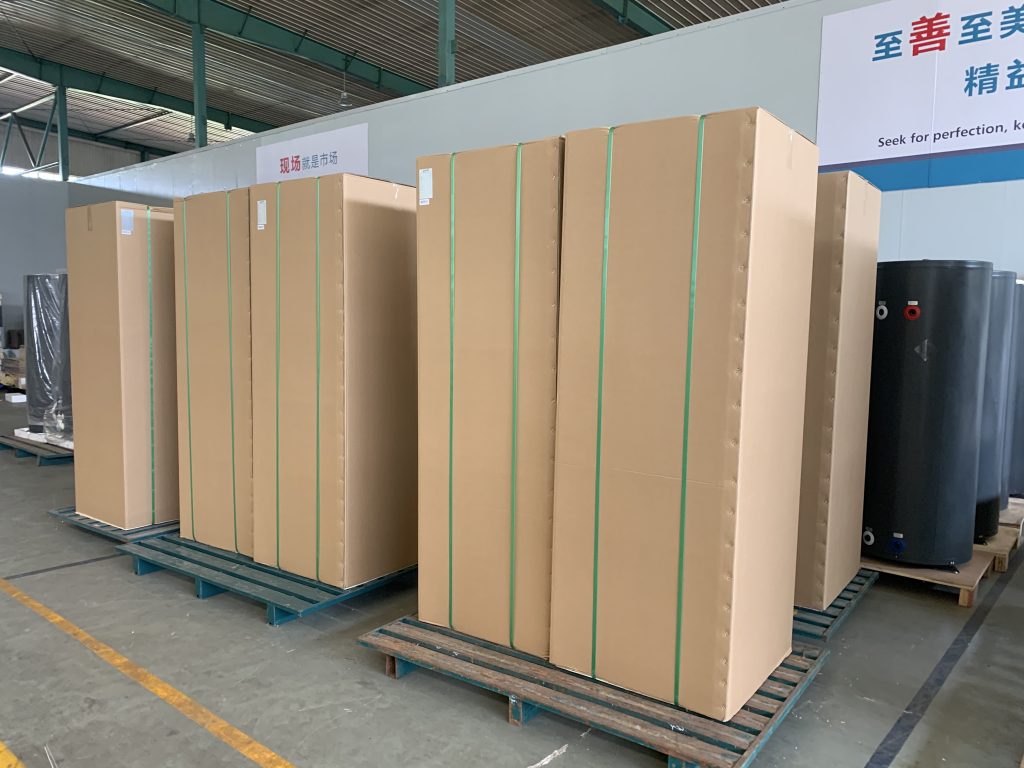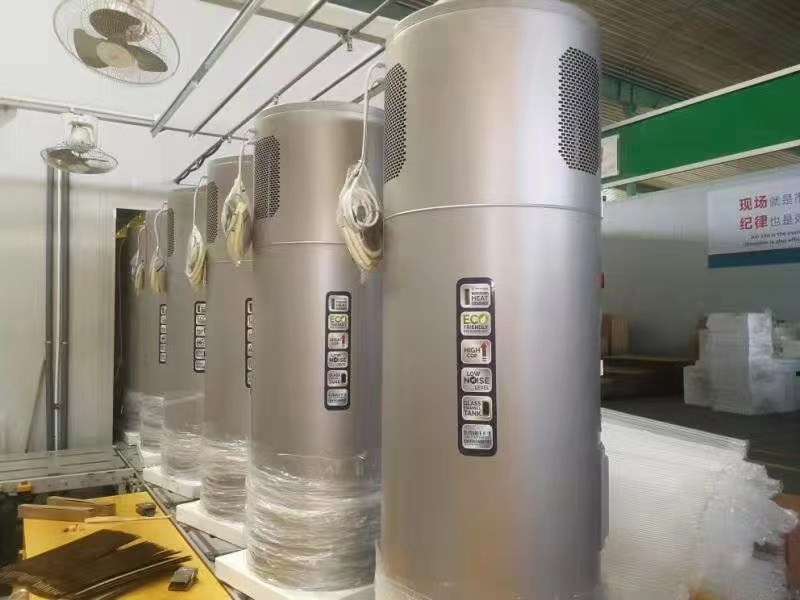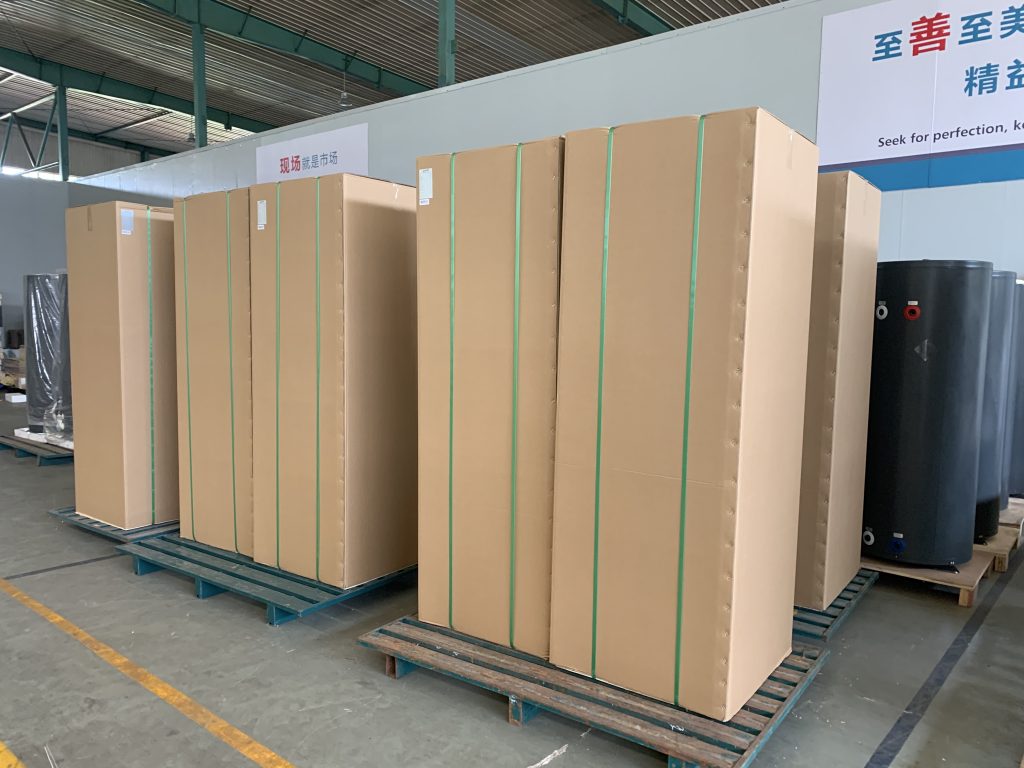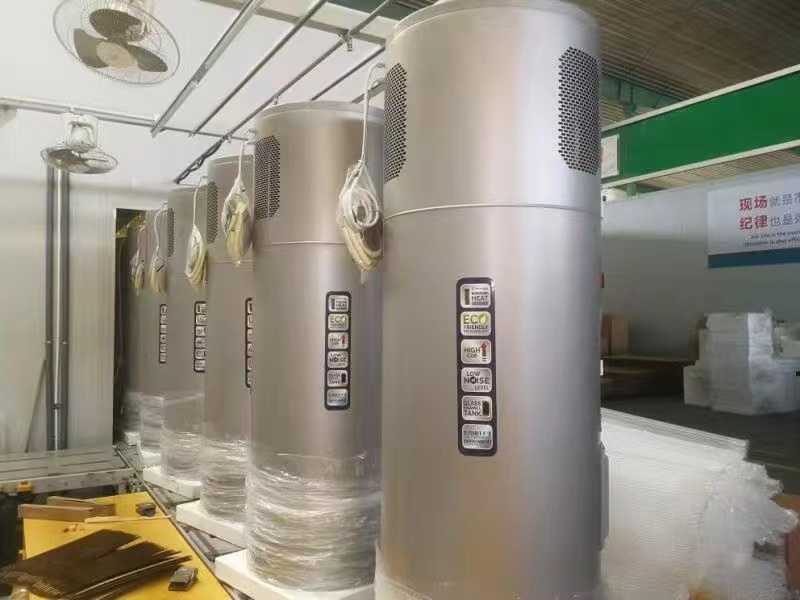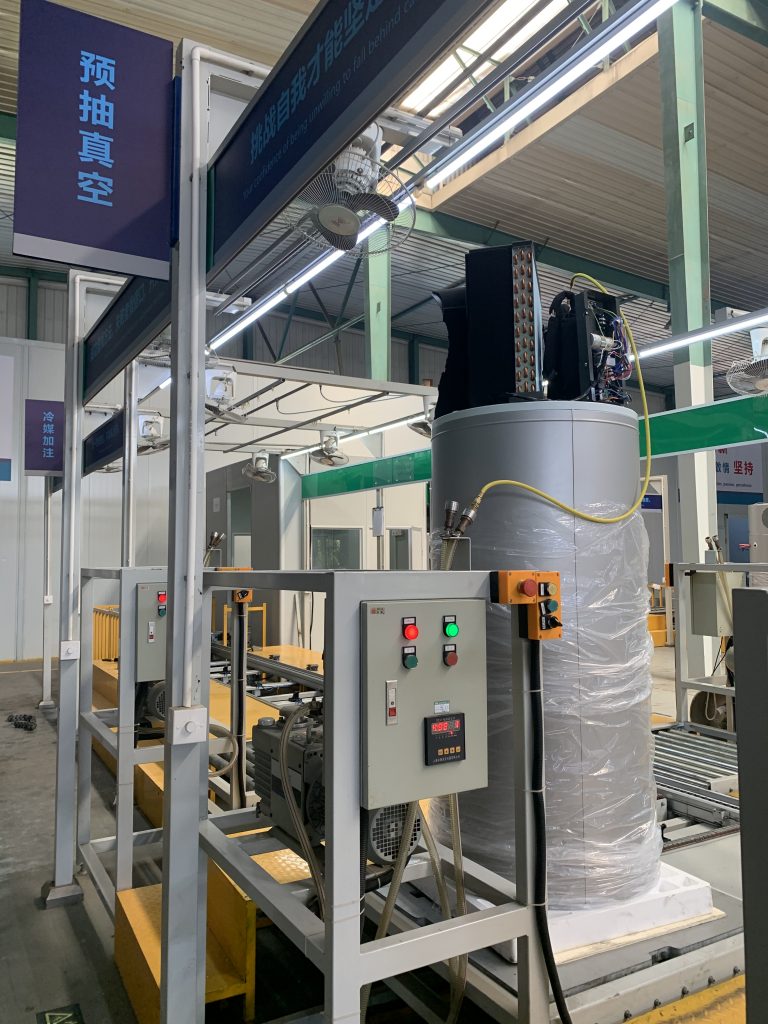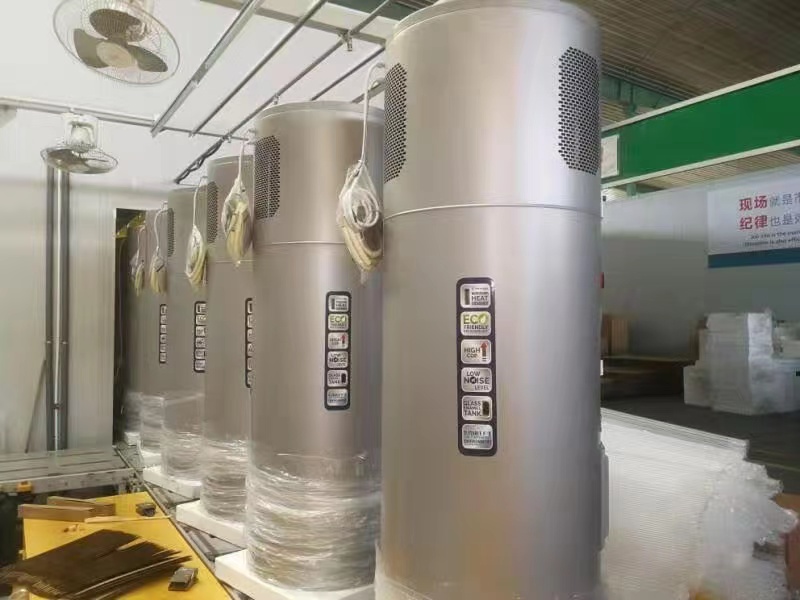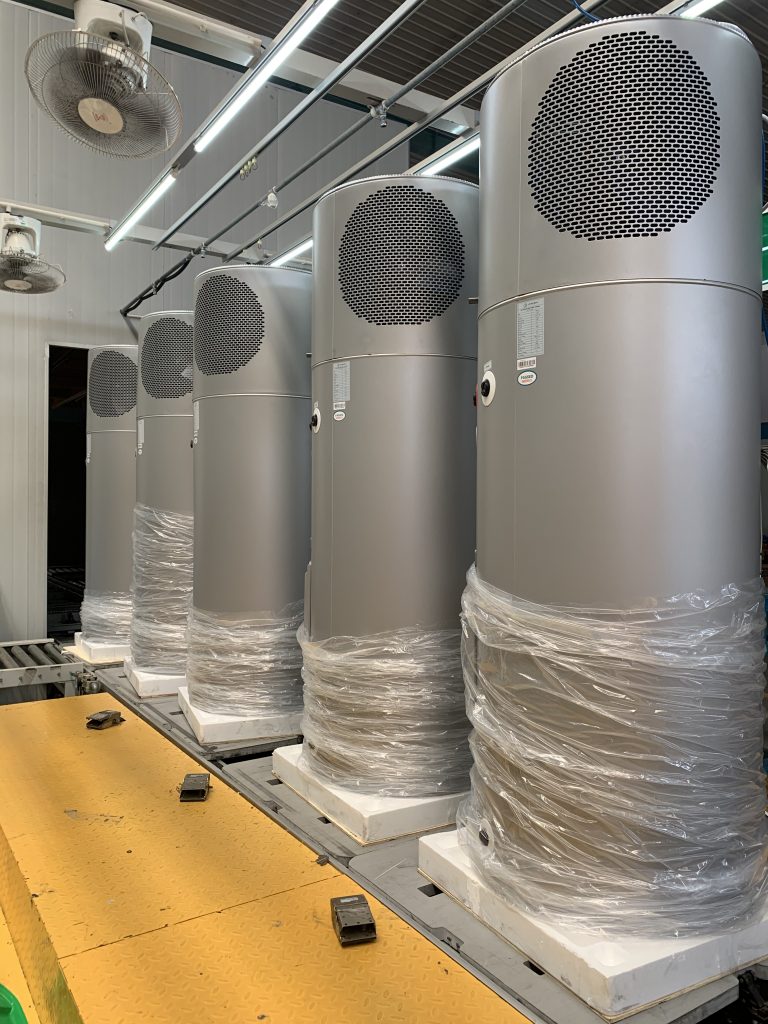R32 Split DC inverter air to water heat pumps have been around for many years,supplying efficient, dependable and reasonably priced heating options for homeowners. These structures use an air to water warmth exchanger to warmness water, which is then piped round the domestic and used for heating and warm water. The machine is powered via a DC inverter compressor, which can be adjusted to healthy the home’s heating needs, ensuing in electricity savings. Split DC inverter air to water warmth pumps furnish a large vary of benefits, which includes decrease power bills, elevated air exceptional and decreased noise levels.
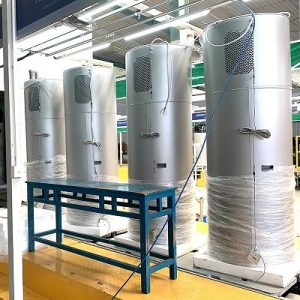
Definition of split DC inverter air to water heat pump
with two circuits A break up DC inverter air to water warmth pump with two circuits is a kind of heating gadget comprised of an outside unit and one or two indoor units. The out of doors unit incorporates a compressor and condenser, whilst the indoor gadgets incorporate an evaporator, DC inverter, and/or an expander.
The two circuits refer to the ability for the system to independently control the output of each of its components, allowing for improved energy efficiency and better control of indoor air temperature.
The DC inverter allows for variable speed operation of the compressor, allowing for variable refrigerant flow and the variable speed of the expander, thus allowing for a broad operating range of output temperatures.
They also require less maintenance than a traditional boiler system, making them an ideal choice for many homeowners. Furthermore, they can be easily integrated into existing systems and can be installed in a variety of locations.
Split DC inverter air to water heat pumps are a great way to reduce energy consumption, improve the comfort of your home and save money on energy bills.
The Advantages of Split DC inverter air to water heat pump
- Increased Efficiency: By running at variable speeds, a split DC inverter air to water heat pump is able to increase the efficiency at which it operates. This allows for a decrease in energy consumption, resulting in lower energy bills.
- Quiet Operation: Due to the low operating speeds during operation, a split DC inverter air to water heat pump runs much quieter than other traditional heat pumps. This allows for a more comfortable environment.
- Longer Lifespan: By controlling the speeds of the system, a split DC inverter air to water heat pump is able to run for longer periods of time, meaning that you get more lifespan out of the system. This can help increase your return on investment.
- Advanced Control: Split DC inverter heat pumps are equipped with an advanced control system to allow for exact temperature management of your space. This can help to ensure that your space is comfortable, while also helping to reduce energy consumption.
- Heating and Cooling: A split DC inverter air to water heat pump has the ability to both heat and cool the space. This can save money by allowing you to use the same system for your heating and cooling needs.
Split DC Inverter Air to Water Heat Pump Comparison
Split DC Inverter Air-to-Water Heat Pump Comparison.
Efficiency: Split DC Inverter heat pumps use inverter technology, offering higher efficiencies than traditional compressors.
Noise: Split DC Inverter heat pumps run quietly, producing little to no noise compared to traditional systems.
Installation: Split DC Inverter heat pumps are simple to install, taking up less space in the home.
Operating Cost: Split DC Inverter heat pumps offer reduced operating costs due to their energy efficiency.
Life Span: Split DC Inverter heat pumps offer extended lifespans with the use of inverter technology.
Versatility: Split DC Inverter systems can provide heating, cooling, and hot water for entire households.
Maintenance: Split DC Inverter heat pumps require minimal maintenance, due to their advanced inverter technology.
Environment: Split DC Inverter heat pumps use refrigerant that is more environment-friendly than traditional systems.
Water Heating Capacity: Split DC Inverter heat pumps provide hot water quickly while using minimal energy.
Temperature Control: Split DC Inverter heat pumps offer precise, adjustable temperature control.
Climate Control: Split DC Inverter heat pumps can maintain constant temperatures in homes all year round.
Safety: Split DC Inverter heat pumps are equipped with safety features to protect the system against damage.
Split DC Inverter Air to Water Heat Pump Cost
The cost of a split DC inverter air-to-water heat pump system can vary greatly depending on the size and type of system. Generally, these systems are more expensive than traditional air-to-air or air-to-water systems, with prices ranging from around $3,000 to more than $7,000.
Many of the components that make up a split system—including the outdoor unit, indoor unit, interior connections, and wiring—need to be professionally installed, and this can add additional cost to your overall bill.
Efficiency, cost-savings, and noise-levels may differ between different models and brands, so it’s important to consider all of these factors when determining the best system for you.
Installation of Split DC inverter air to water heat pump
- Turn off the electricity at the circuit breaker.
- Connect conduit, conduit fittings, and heat pump power cables to the electrical junction box.
- Mount the inverter and connect it to the heat pump and the control panel.
- Connect the wires and conduits to the control panel.
- Turn on the electricity and verify current flow with a multimeter.
- Install the piping and fixtures.
- Connect the heat pump to the hot water tanks.
- Connect the condensing unit to the existing ductwork.
- Connect the outlet and return piping to the inverter.
- Start up the split DC inverter air to water heat pump.
- Test the unit for proper operation and ensure that all safety features are functioning properly.
- In some installations, a backup system may be required. Consult a qualified technician to complete this setup.
- Have a certified technician check the system’s operation thoroughly.
- Have your contractor adjust the settings as needed for optimal energy efficiency and comfortable temperatures.
Maintenance of Split DC inverter air to water heat pump
Maintenance of a cut up DC inverter air to water warmth pump ought to contain inspecting the transferring components for put on and tear, checking for any leaks, and cleansing or changing filters. Additionally, the warmth pump gadget must be in many instances inspected for any troubles with effectivity or safety.
This can include regularly testing the temperature and pressure levels in the system, checking for proper operation of the condensate drain, and inspecting the air ducts and refrigerant lines.
In addition, the maintenance should involve regularly checking the performance of the compressor and other components. Depending on the manufacturer, additional maintenance may be required.
You may like:

